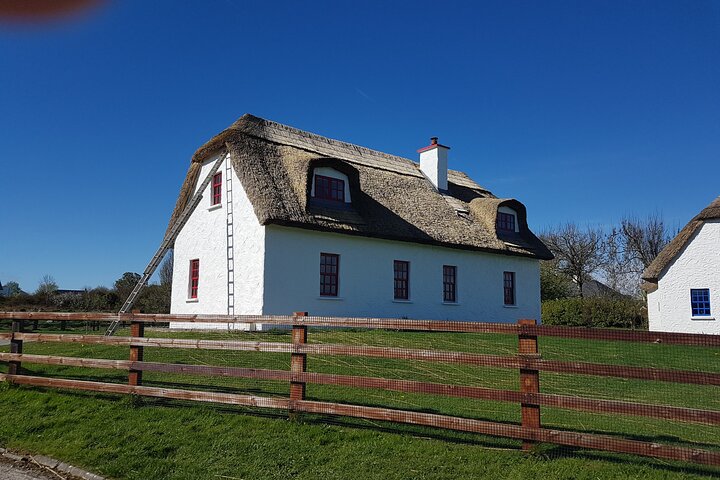Crafting History: My Kyoto Ninja Weapon Experience
In search of a unique cultural experience, I ventured to Kyoto’s historic Machiya to delve into the art of ninja weapon crafting. This journey promised a blend of tradition and creativity, offering a rare glimpse into the world of ancient craftsmanship.
A Hidden Gem in Kyoto
Nestled in the heart of Kyoto, away from the bustling tourist trails, lies a hidden gem that promises an experience unlike any other. The Kyoto Machiya, a traditional building with over a century of history, is where I found myself embarking on an adventure that was both unexpected and exhilarating. As someone who has always been captivated by the art of design, the idea of crafting authentic ninja weapons intrigued me. The allure of shaping raw metal into something both beautiful and functional was irresistible.
Upon arrival, the charm of the Machiya was immediately apparent. Its wooden architecture and serene gardens provided a tranquil backdrop, setting the stage for what was to come. The experience was intimate, with only a handful of participants, allowing for a personalized journey into the world of ninja weaponry. Our guide, a master craftsman, introduced us to the tools and techniques that have been passed down through generations. It was fascinating to see how these ancient skills have been preserved and adapted for modern-day enthusiasts.
Crafting the Perfect Weapon
The process of crafting a shuriken or kunai was both challenging and rewarding. We began by selecting our preferred weapon, each with its own unique history and purpose. The shuriken, often associated with stealth and precision, and the kunai, a versatile tool used for both combat and utility, offered distinct experiences.
Under the watchful eye of our guide, we learned to shape the metal, a task that required both patience and precision. The rhythmic sound of hammering metal was almost meditative, a stark contrast to the high-energy fashion shows I often attend. As we worked, I couldn’t help but draw parallels between the meticulous craftsmanship required in both fashion and weaponry. Each step, from sharpening to tempering, was a testament to the skill and dedication of the artisans who have honed these techniques over centuries.
Adding a personal touch to our creations, we were given the opportunity to etch patterns onto the metal. This was my favorite part, as it allowed me to infuse a bit of my own style into the weapon. The final step was tempering the weapon at high temperatures, a process that not only strengthened the metal but also added a beautiful patina.
A Souvenir Like No Other
The culmination of our efforts was the chance to test our creations. Throwing a shuriken or wielding a kunai was an exhilarating experience, one that brought a sense of accomplishment and pride. It was a reminder of the power of craftsmanship and the beauty of creating something with your own hands.
As the experience came to a close, we were delighted to learn that we could take our weapons home, a unique souvenir that would forever remind us of our time in Kyoto. Of course, they had to be packed in checked luggage, but the thought of bringing a piece of this ancient art back to my Parisian apartment was thrilling.
Reflecting on the day, I realized that this experience was more than just a fun activity; it was a journey into a world where tradition and creativity intersect. It was a reminder of the importance of preserving cultural heritage while embracing new forms of expression. For anyone seeking a unique and enriching experience in Kyoto, I highly recommend the Ninja Crafting Experience.
























